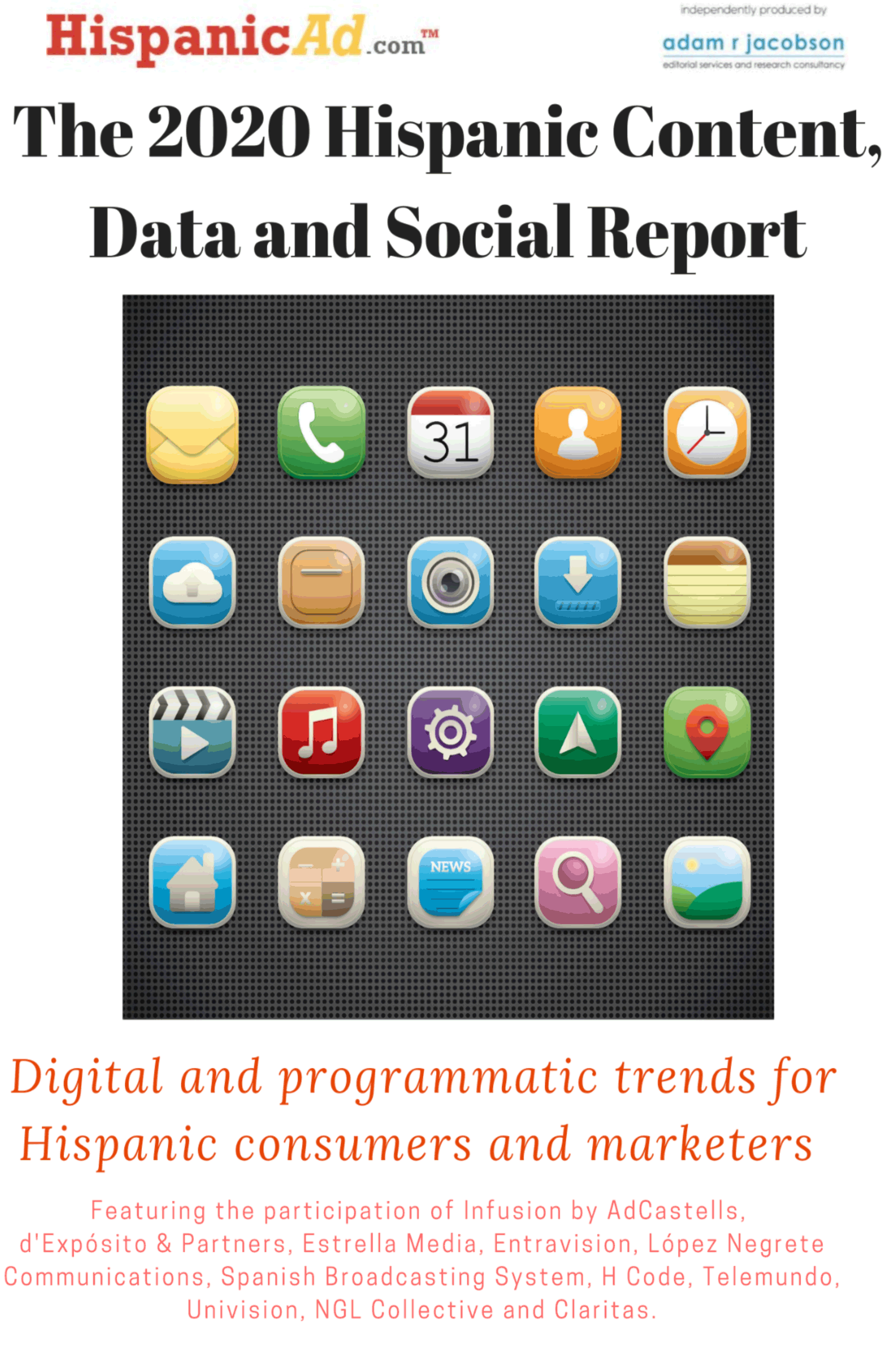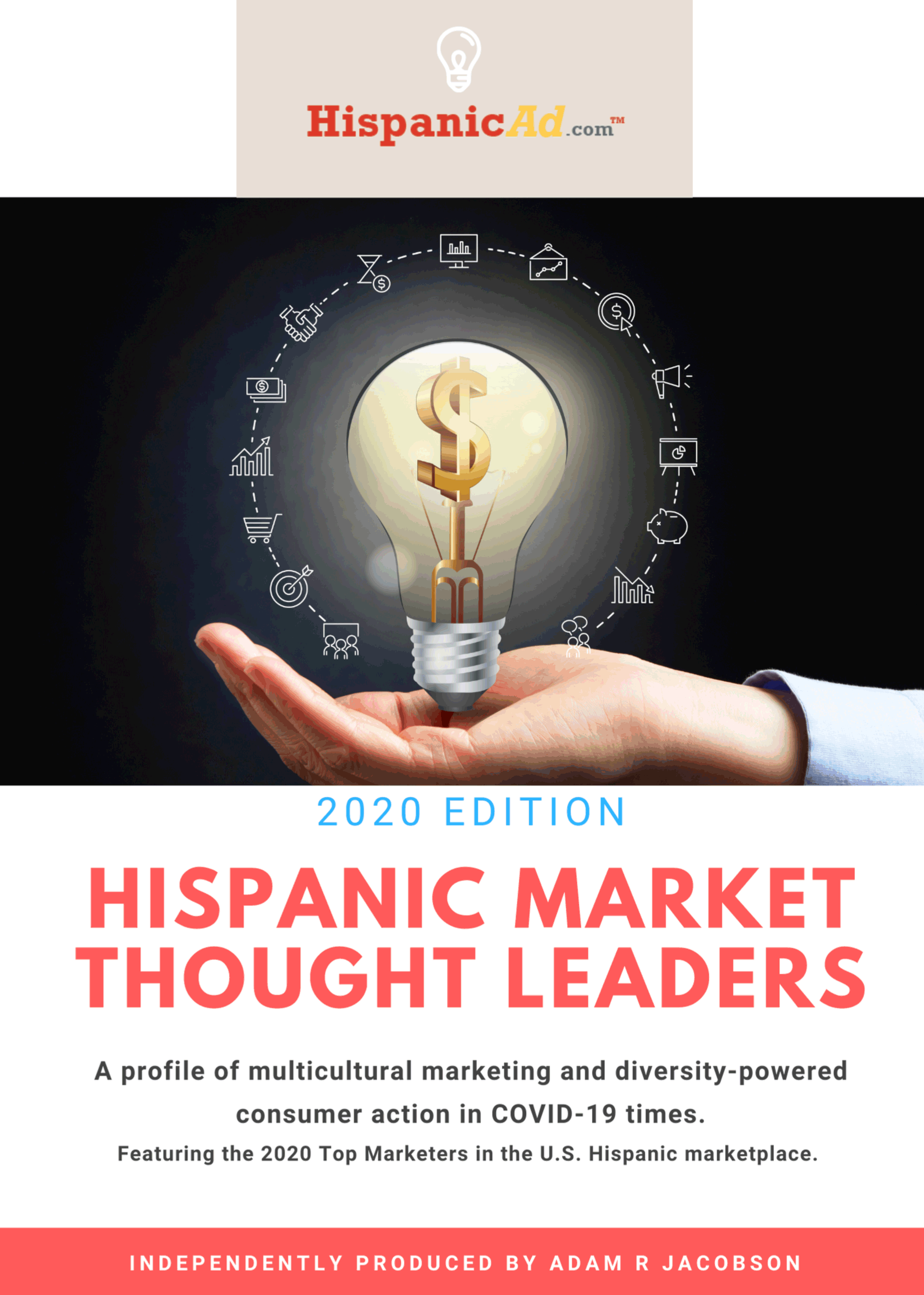2021 Survey of Local Ad Agencies
 Local Ad Agencies face stiff competition these days. Digital agencies are sprouting everywhere. On top of that, media companies have also meandered into the marketing services field, creating their own agencies.
Local Ad Agencies face stiff competition these days. Digital agencies are sprouting everywhere. On top of that, media companies have also meandered into the marketing services field, creating their own agencies.
 Local Ad Agencies face stiff competition these days. Digital agencies are sprouting everywhere. On top of that, media companies have also meandered into the marketing services field, creating their own agencies.
Local Ad Agencies face stiff competition these days. Digital agencies are sprouting everywhere. On top of that, media companies have also meandered into the marketing services field, creating their own agencies.
 In marketing, Double Jeopardy refers to the relationship between brand size and repeat purchase, whereby penetration and repeat purchase rates are correlated. The bigger the brand is, the more repeat purchasers it will have, which puts small brands at a double disadvantage. But just knowing this fact does not tell you why the pattern exists or why it is so prevalent. By Nigel Hollis
In marketing, Double Jeopardy refers to the relationship between brand size and repeat purchase, whereby penetration and repeat purchase rates are correlated. The bigger the brand is, the more repeat purchasers it will have, which puts small brands at a double disadvantage. But just knowing this fact does not tell you why the pattern exists or why it is so prevalent. By Nigel Hollis
 Explore Americans’ perceptions of present and future economic opportunity with the Economic Opportunity Index1. The index captures respondents’ sentiments about their own prospects and the country’s as a whole on a scale from most pessimistic (-5) to most optimistic (+5) and represents the average score by demographic group.
Explore Americans’ perceptions of present and future economic opportunity with the Economic Opportunity Index1. The index captures respondents’ sentiments about their own prospects and the country’s as a whole on a scale from most pessimistic (-5) to most optimistic (+5) and represents the average score by demographic group.
 2020 was always expected to be an inflection point.
2020 was always expected to be an inflection point.
 CMOs and Marketing Leaders must reprioritize channels, programs and resources to remain competitive and efficient.
CMOs and Marketing Leaders must reprioritize channels, programs and resources to remain competitive and efficient.
 Is data overload actively inhibiting insight and making it harder for comms professionals to find the story in the noise? Our recent study, ‘Five crucial steps to a smarter communications strategy,’ seeks to answer this and other questions… and unveils the vital strategies that empower brands to manage their reputations successfully.
Is data overload actively inhibiting insight and making it harder for comms professionals to find the story in the noise? Our recent study, ‘Five crucial steps to a smarter communications strategy,’ seeks to answer this and other questions… and unveils the vital strategies that empower brands to manage their reputations successfully.
 After the severe decline in media investment in 2020, the ad industry has been encouraged by a rapid recovery in 2021, with advertising being used as one of the levers to fuel recovery. As consumer behaviour continues to evolve, and we emerge into a new media landscape, brands need to understand which consumer and marketer attitudes have changed, and which have stayed the same. Which media brands have retained their appeal, and which have grown stronger?
After the severe decline in media investment in 2020, the ad industry has been encouraged by a rapid recovery in 2021, with advertising being used as one of the levers to fuel recovery. As consumer behaviour continues to evolve, and we emerge into a new media landscape, brands need to understand which consumer and marketer attitudes have changed, and which have stayed the same. Which media brands have retained their appeal, and which have grown stronger?
 Tras la posposición de la premiación correspondiente al año 2020, la Asociación Publicitaria de Puerto Rico otorgó los galardones a la creatividad en una ceremonia conjunta que cubrió dos años de trabajo creativo, que corresponden a sus ediciones 38 y 39. Durante el evento, la industria publicitaria reconoció los mejores trabajos, entre los que destacaron piezas que hicieron latente la importancia que tienen la creatividad y efectividad a la hora de proveer a los clientes y marcas soluciones para enfrentar los retos de un mercado cambiante y lleno de transformaciones.
Tras la posposición de la premiación correspondiente al año 2020, la Asociación Publicitaria de Puerto Rico otorgó los galardones a la creatividad en una ceremonia conjunta que cubrió dos años de trabajo creativo, que corresponden a sus ediciones 38 y 39. Durante el evento, la industria publicitaria reconoció los mejores trabajos, entre los que destacaron piezas que hicieron latente la importancia que tienen la creatividad y efectividad a la hora de proveer a los clientes y marcas soluciones para enfrentar los retos de un mercado cambiante y lleno de transformaciones.
 HispanicAd in association with Adam R Jacobson are proud to announce the availability of the 2020 Hispanic Content, Data & Social Marketing Report for our readers.
HispanicAd in association with Adam R Jacobson are proud to announce the availability of the 2020 Hispanic Content, Data & Social Marketing Report for our readers.
 HispanicAd in association with Adam R Jacobson are proud to announce the availability of the 2020 Hispanic Market Thought Leaders (previously Hispanic CMO) for our readers.
HispanicAd in association with Adam R Jacobson are proud to announce the availability of the 2020 Hispanic Market Thought Leaders (previously Hispanic CMO) for our readers.
 In our “Industry Spotlight Series“, we are highlighting Roberto Orci – Executive Vice President of Strategic Growth of Captura Group.
In our “Industry Spotlight Series“, we are highlighting Roberto Orci – Executive Vice President of Strategic Growth of Captura Group.
 Why marketers are perfectly positioned to lead the new growth agenda
Why marketers are perfectly positioned to lead the new growth agenda
 There’s a disconnect in the ad industry. With the past year’s layoffs and restructuring, there should be no problem filling every empty job. And yet, over and over, I’m hearing from agencies that they can’t find the people they’re looking for. Many agencies that I’ve met recently have upwards of 150 open roles that they cannot fill. Why is this happening? Where’s the talent?
There’s a disconnect in the ad industry. With the past year’s layoffs and restructuring, there should be no problem filling every empty job. And yet, over and over, I’m hearing from agencies that they can’t find the people they’re looking for. Many agencies that I’ve met recently have upwards of 150 open roles that they cannot fill. Why is this happening? Where’s the talent?
 David Droga’s new role as CEO of Accenture Interactive has been a hot topic this week. While many wonder what it might mean for consultancies versus agencies, that may be a moot point as the two hire and acquire their way closer together. And it’s not what I find most interesting about Droga’s new position. Droga’s ascension signals the increased valuation of creativity. If a business consultancy can put a creative in its #1 position, that says a lot about how it perceives creative’s value for its own business and clients. By Mark Duval – The Duval Partnership
David Droga’s new role as CEO of Accenture Interactive has been a hot topic this week. While many wonder what it might mean for consultancies versus agencies, that may be a moot point as the two hire and acquire their way closer together. And it’s not what I find most interesting about Droga’s new position. Droga’s ascension signals the increased valuation of creativity. If a business consultancy can put a creative in its #1 position, that says a lot about how it perceives creative’s value for its own business and clients. By Mark Duval – The Duval Partnership
 Arturo Villar, a pioneer in covering the trade news in the U.S. Hispanic Market, has died in Spain, at the age of 88, from causes apparently related to Covid-19. He had been the publisher of HMW (Hispanic Market Weekly) until recently.
Arturo Villar, a pioneer in covering the trade news in the U.S. Hispanic Market, has died in Spain, at the age of 88, from causes apparently related to Covid-19. He had been the publisher of HMW (Hispanic Market Weekly) until recently.
 In our “Industry Spotlight Series“, to commemorate National Women’s Equality Day, we are highlighting Gabriela Alcantara-Diaz, Founder and President and Shirley Attia, Chief Creative Officer of Semilla.
In our “Industry Spotlight Series“, to commemorate National Women’s Equality Day, we are highlighting Gabriela Alcantara-Diaz, Founder and President and Shirley Attia, Chief Creative Officer of Semilla.
 Evidence-based metrics saved used cars, personal finance, and higher education ratings — now they’re coming for digital media
Evidence-based metrics saved used cars, personal finance, and higher education ratings — now they’re coming for digital media
 Considering the time, energy and expense marketers spend conducting reviews—and that agencies spend on developing new business—it’s critical for both partners to ensure a long and fruitful relationship.
Considering the time, energy and expense marketers spend conducting reviews—and that agencies spend on developing new business—it’s critical for both partners to ensure a long and fruitful relationship.
 Here’s something we all know: advertising measurement is outdated. Just scroll through the media headlines and it’s impossible to avoid. An Olympics that saw both record consumer engagement and ratings declines. A high-profile dispute over box office numbers and streaming audiences. Or as the Media Rating Council’s Board considers Nielsen’s accreditation fate. By Kelly Abcarian – EVP – Measurement & Impact, Advertising & Partnerships – NBCUniversal
Here’s something we all know: advertising measurement is outdated. Just scroll through the media headlines and it’s impossible to avoid. An Olympics that saw both record consumer engagement and ratings declines. A high-profile dispute over box office numbers and streaming audiences. Or as the Media Rating Council’s Board considers Nielsen’s accreditation fate. By Kelly Abcarian – EVP – Measurement & Impact, Advertising & Partnerships – NBCUniversal